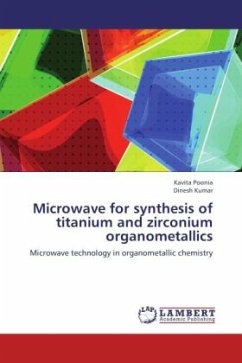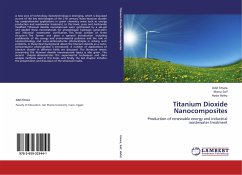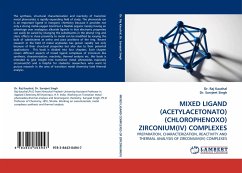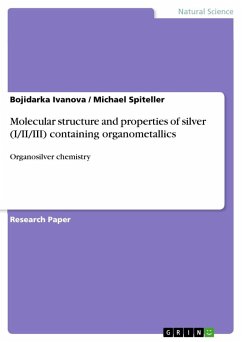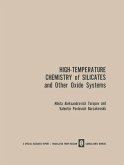The chemical processes a major adverse effect to the environment is the consumption of energy for heating and cooling. To overcome these problems it is highly desirable to develop efficient methods that use alternative energy sources such as ultrasound or microwave irradiation to facilitate chemical reactions. In particular, the use of microwave energy to directly heat chemical reactions has become an increasingly popular technique in the scientific community. A recent study comparing the energy efficiency of conventional heating and microwave-assisted synthesis has indicated that for most chemical transformations a significant energy savings (up to 85-fold) can be expected using microwaves as an energy source on a laboratory scale. The possibility of performing reactions in a very short time period by direct interaction of microwave energy with the reaction mixture can be considered green , not only because of the reduced energy consumption, but also because of the associated time savings, thereby increasing efficiency.

